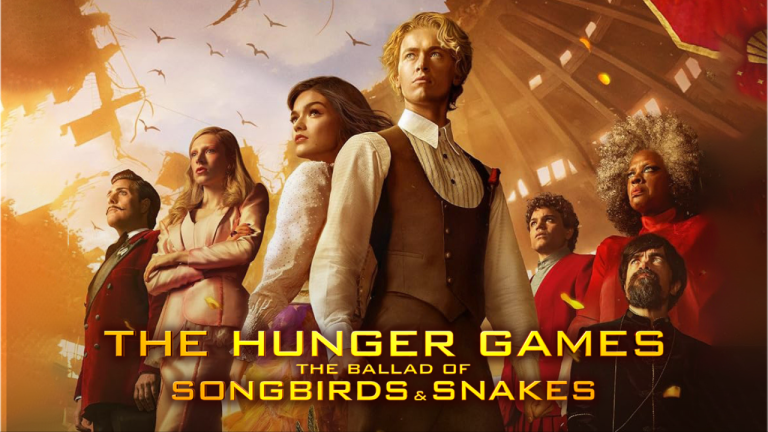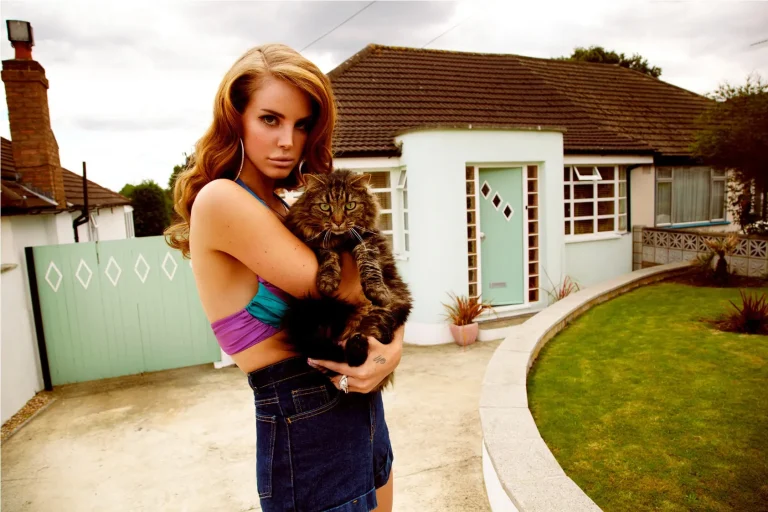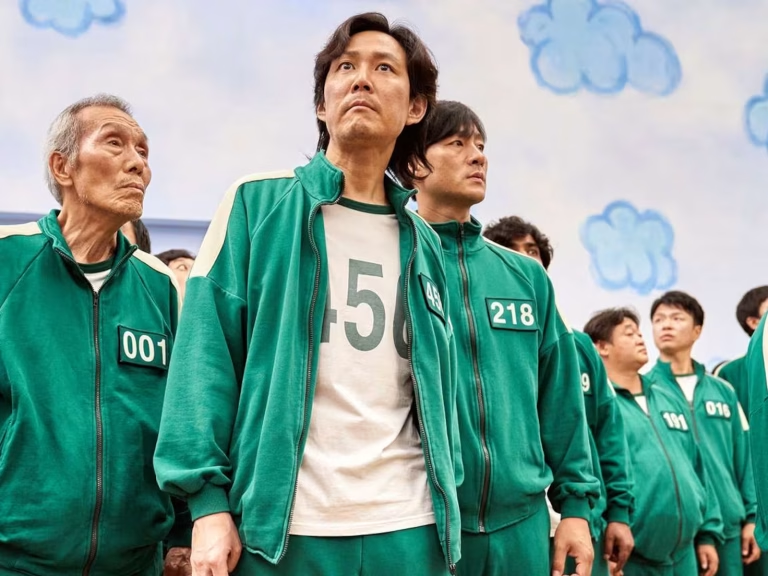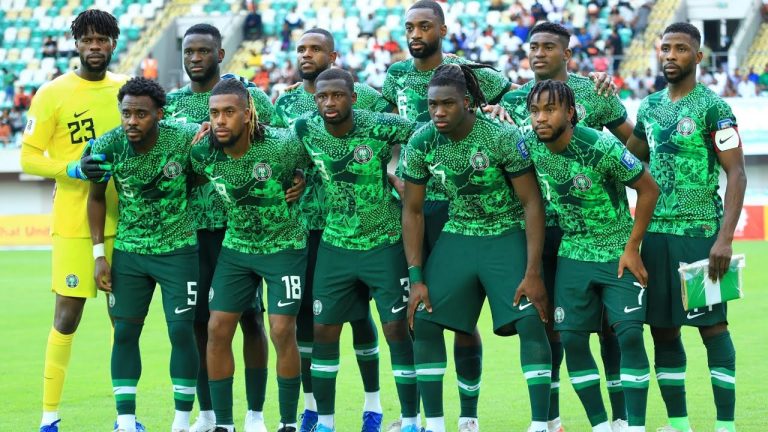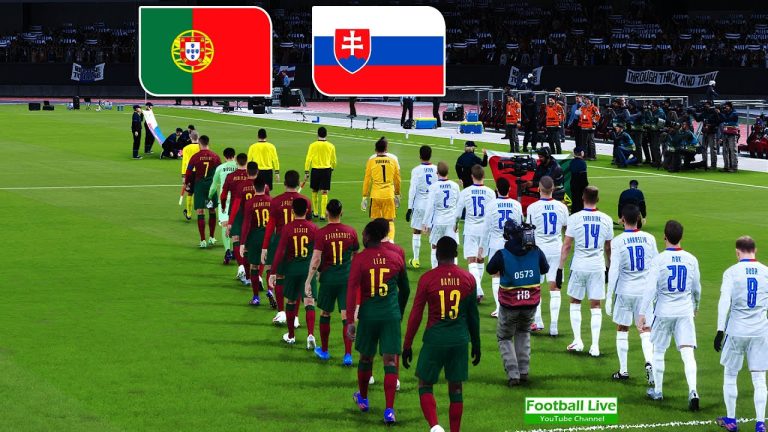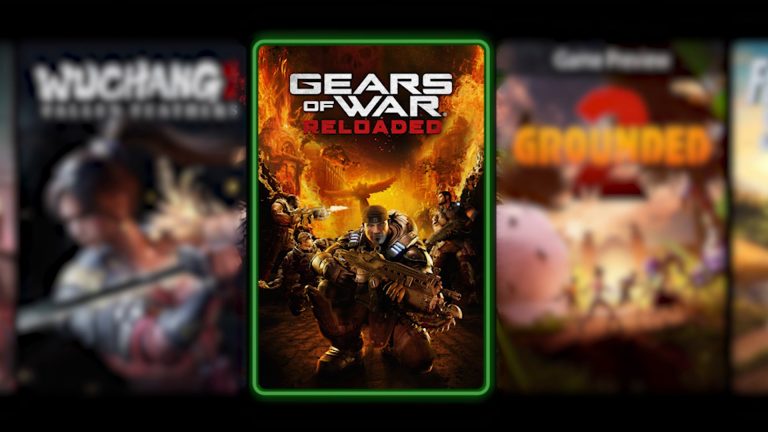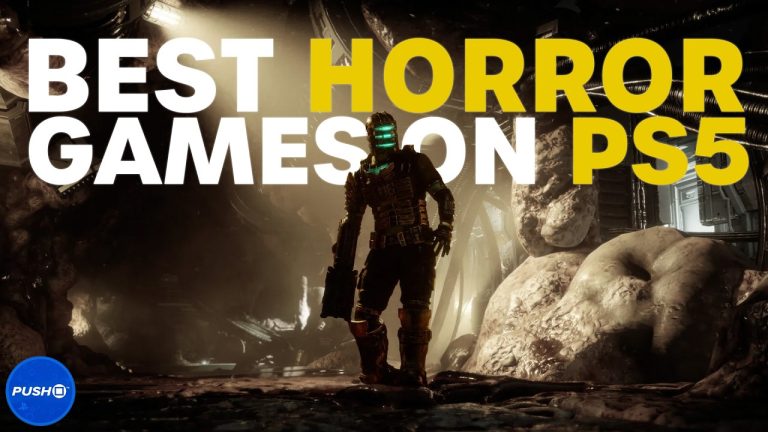Few football clubs in Brazil carry the weight of history, passion, and resilience like Club de Regatas Vasco da Gama. Known simply as Vasco, the Rio de Janeiro powerhouse has given fans some of the most unforgettable games in Brazilian football. Whether at São Januário, Maracanã, or away across the country, Vasco games are more than sporting events. They are cultural gatherings filled with chants, flags, and undying devotion from a fan base that stretches far beyond Rio.
A Legacy Written on the Pitch
Vasco da Gama was founded in 1898, and from its earliest years, the club stood apart. It embraced diversity, included players of all social and racial backgrounds, and fought for equality in Brazilian football. That spirit has always carried into Vasco’s games. Every time the team takes the pitch, fans are reminded of a legacy rooted in courage and inclusivity.
When people speak of Vasco games, they are not just discussing 90 minutes of football. They are talking about history, resilience, and a connection between generations of supporters who pass down the passion like a family heirloom.
Vasco Games in the Campeonato Brasileiro
In the Brazilian Championship, Vasco da Gama has played some of the most thrilling games in the competition’s history. Rivalries with Flamengo, Fluminense, and Botafogo bring unmatched energy. The Clássico dos Milhões against Flamengo stands out as one of the most-watched and emotionally charged derbies in South America.
These games are battles of pride, not just points. For Vasco fans, victories over Flamengo carry the weight of trophies. Even when the league standings fluctuate, a win in the Clássico feels like a title.
Vasco’s performances in the Brasileiro often showcase its tradition of producing talented players. Legends like Romário, Edmundo, and Juninho Pernambucano have all made their names in unforgettable Vasco games, leaving highlights that remain etched in memory.
Vasco in International Competitions
Vasco da Gama’s games in international tournaments have cemented the club’s reputation beyond Brazil. The crowning achievement came in 1998, when Vasco lifted the Copa Libertadores to mark its centenary. That campaign remains legendary, with intense games against top South American clubs proving Vasco’s strength on the continent.
Games in the Copa Sudamericana and Copa Mercosur have also brought memorable nights. Fans still recall dramatic comebacks, late goals, and the way Vasco carried the Brazilian flag proudly on international stages. These matches remind the world that Vasco is not only a Rio de Janeiro giant but also a respected name across South America.
São Januário: The Sacred Stage
Vasco games at São Januário carry an atmosphere unlike any other. The stadium, opened in 1927, stands as both a football ground and a symbol of pride. Built with the support of Vasco fans during a time of discrimination against working-class clubs, it represents resilience and unity.
On matchdays, São Januário transforms into a fortress. The crowd sings in unison, flags wave endlessly, and every goal is celebrated like a historic victory. For many supporters, attending a game at São Januário is more than entertainment—it is a spiritual experience, a pilgrimage to the heart of their identity.
The Drama of Relegation and Promotion Games
Vasco da Gama’s history also includes struggles with relegation. Games in the Série B have been both painful and inspiring. They showcase the unwavering loyalty of fans who continue to fill stadiums, even when the team is outside the top flight.
Promotion games, in particular, are celebrated like finals. Each return to the first division feels like redemption, proof that Vasco’s spirit cannot be broken. These games highlight the resilience of both players and fans, turning setbacks into opportunities to demonstrate loyalty and pride.
Modern Vasco Games and Rising Talents
In recent years, Vasco has faced challenges in maintaining consistent performances, yet its games continue to captivate. Young players from the club’s academy regularly make headlines, carrying the hope of restoring Vasco’s glory days. Each new generation brings excitement, as fans eagerly watch games to see the next potential legend emerge.
Partnerships with international investors and structural changes have also created optimism. With new resources, Vasco games promise to combine tradition with modern competitiveness, aiming for long-term stability and renewed success.
Rivalries That Define Vasco Games
While every match matters, rivalries define Vasco’s identity. The Clássico dos Milhões with Flamengo is the most famous, but games against Fluminense and Botafogo are equally vital to Rio’s football culture. These encounters are not just about the scoreboard—they are about history, pride, and community.
Each rivalry game brings unique stories. From spectacular goals to controversial refereeing decisions, Vasco derbies deliver drama that resonates far beyond the final whistle. For neutral fans, these games are among the most exciting spectacles Brazilian football has to offer.
The Emotional Connection with Fans
What makes Vasco da Gama games truly special is the connection between the team and its supporters. Vasco fans, known as “Vascaínos,” are recognised for their unwavering loyalty. Through victories, defeats, promotions, and relegations, they remain by the team’s side.
Game days become rituals. Families gather, children wear jerseys handed down by parents, and entire neighbourhoods turn into seas of black and white. Chants echo not only in stadiums but also in streets and homes, proving that Vasco games are part of everyday life.
Read More: Slovakia National Football Team Matches
Conclusion
CR Vasco da Gama games are more than sporting events—they are cultural experiences woven into the fabric of Brazilian society. From the legendary nights at São Januário to fierce derbies and international triumphs, every match carries the weight of history and the passion of millions of fans.
The club’s journey has included triumphs, setbacks, and constant battles for recognition, but one truth never changes: Vasco da Gama games represent unity, resilience, and love for football. For Vascaínos, each game is a chapter in an ongoing story of pride, identity, and tradition that will continue for generations.
FAQs
What makes CR Vasco da Gama games special?
They combine history, passion, and inclusivity, creating matches that are cultural events in Brazil.
Where does Vasco da Gama play home games?
Home games are played at Estádio São Januário in Rio de Janeiro.
Who are Vasco da Gama’s main rivals?
Flamengo, Fluminense, and Botafogo are the club’s biggest rivals in Rio de Janeiro.
How do Vasco fans influence games?
Vascaínos create an electric atmosphere, turning matches into powerful displays of loyalty and passion.
What is the future of Vasco da Gama games?
The club is focused on rebuilding, youth development, and reclaiming a strong presence in Brazilian football.

